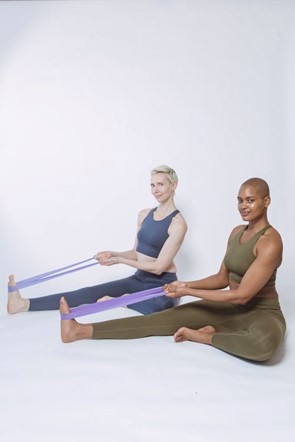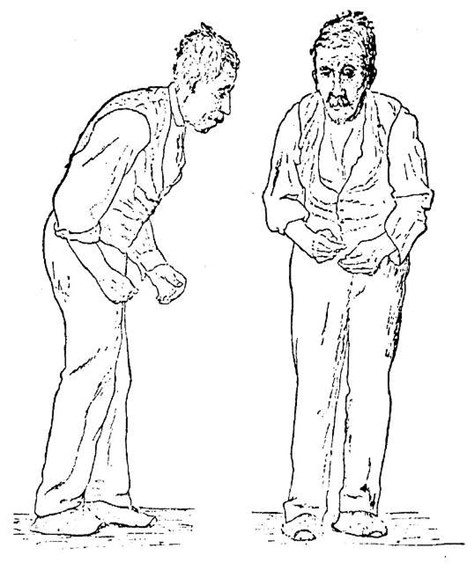Loosen Up! The Essential Role of Stretching in Fitness and Longevity
Stretching is often an overlooked component of a well-rounded fitness routine, yet it plays a vital role in maintaining mobility, reducing the risk of injury, and promoting overall longevity. Whether you are an athlete, a casual exerciser, or someone simply looking to stay active in your later years, incorporating stretching into your daily routine can have profound benefits for your body and mind.
The Science Behind Stretching
Stretching helps improve flexibility by lengthening muscles and increasing their elasticity. This, in turn, enhances your range of motion, allowing you to move more freely and efficiently. Regular stretching also promotes circulation, delivering oxygen and essential nutrients to muscles, which aids in recovery and reduces muscle soreness after workouts.
There are several types of stretching, each with distinct benefits:
- Static Stretching: Holding a stretch for a prolonged period to improve flexibility and relax muscles.
- Dynamic Stretching: Controlled movements that prepare muscles and joints for physical activity.
- PNF (Proprioceptive Neuromuscular Facilitation) Stretching: A technique that combines stretching and contracting muscles to improve flexibility.
- Ballistic Stretching: Using rapid, bouncing movements to extend muscles beyond their normal range (best for advanced practitioners).
Why Stretching is Essential for Longevity
As we age, muscles naturally lose elasticity, joints become stiffer, and mobility declines. This can lead to an increased risk of falls, reduced independence, and chronic pain. A consistent stretching routine counteracts these effects by:
- Enhancing joint flexibility and mobility
- Reducing the risk of muscle and joint injuries
- Improving posture and balance
- Alleviating stiffness and discomfort associated with aging
- Supporting mental relaxation and stress relief
When and How to Stretch
For optimal results, incorporate stretching at key times:
- Before exercise: Engage in dynamic stretching to warm up muscles and prepare the body for movement.
- After exercise: Use static stretching to cool down and enhance recovery.
- Throughout the day: Take stretch breaks if you sit for long periods to prevent stiffness and improve circulation.
A simple daily routine can include:
- Neck stretches to relieve tension
- Shoulder and chest stretch to improve posture
- Hamstring and quad stretches for leg flexibility
- Hip openers to maintain mobility
- Spinal twists for core flexibility
To learn more, check out this summary from American Heart Association.
By dedicating just a few minutes each day to stretching, you can enhance flexibility, prevent injuries, and support overall well-being well into your later years. So, loosen up and make stretching a non-negotiable part of your fitness journey!
Enhance your experience to new heights with meticulously selected supplements from the prestigious Asher Longevity Institute. Embrace a holistic approach that ignites your body’s vitality and maximizes your overall well-being.




